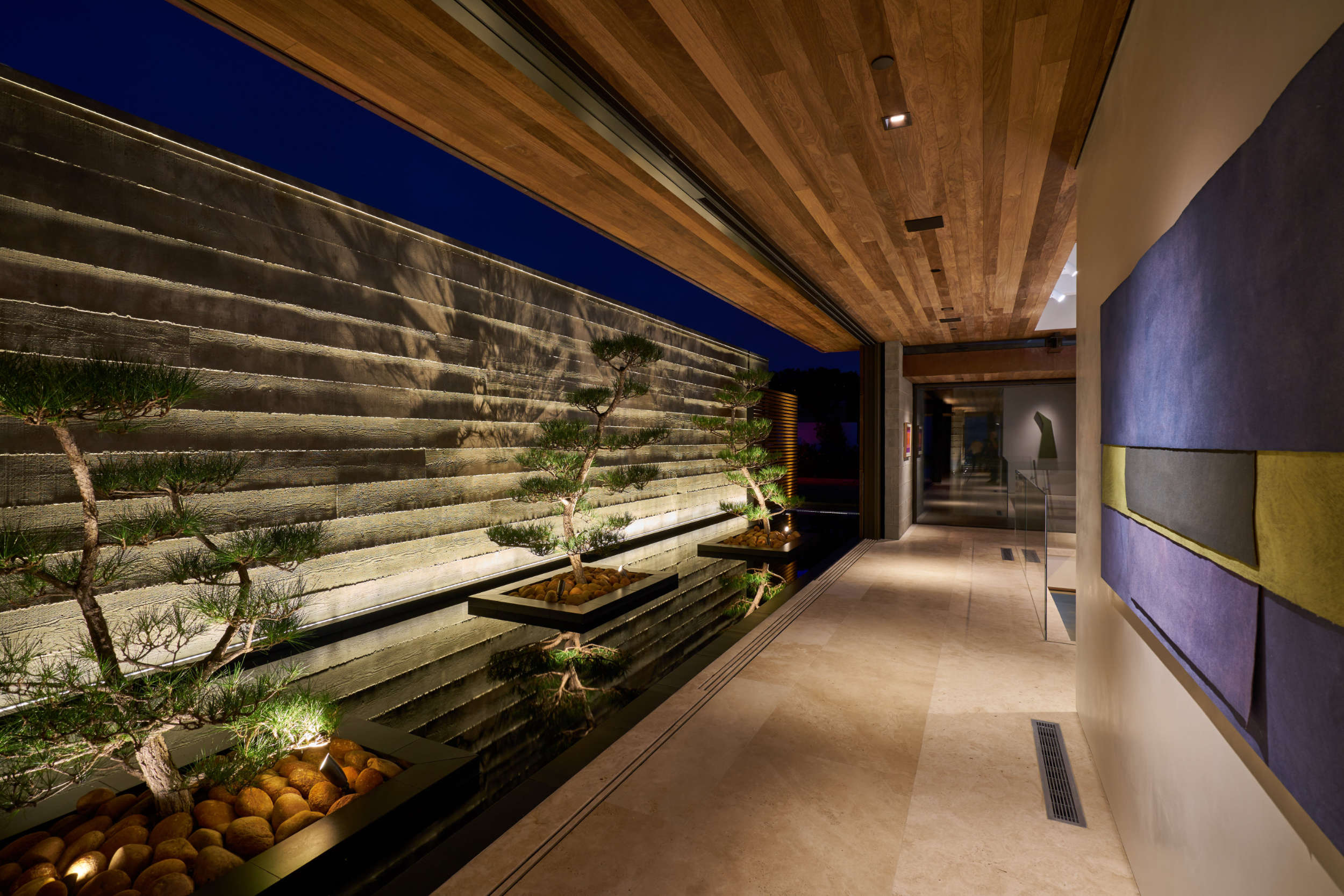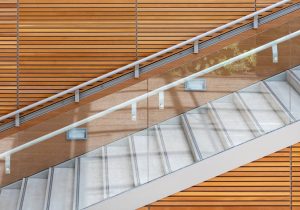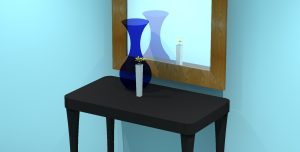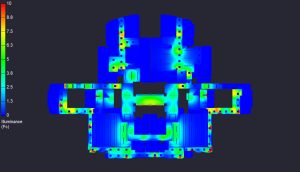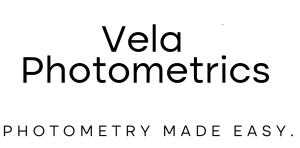In lighting design, “contrast” often refers to variations in brightness caused by adding or removing luminaires and adjusting their output in a way that achieves a desired visual hierarchy. While this is one way of manipulating what is known as luminance contrast, there is another: changing the materials themselves. Broadly, this can be achieved by using materials with different light reflectance value (LRVs), although more-specific properties can also affect luminance contrast.
It’s important to note that luminance contrast (achromatic contrast), is a grayscale measurement, meaning it only considers the difference between light (white) to dark (black). Chromatic contrast, which considers additional properties of color (hue and saturation), is interrelated but not the focus of this post.
The following can be satisfied when lighting designers work with other project designers to optimize LRV contrast:
1. Aesthetics and Perception
LRV contrast between materials creates balances of lightness and darkness that affect the overall feel of a space. Designers can use LRV contrast as part of a layering technique to highlight architectural features, set the mood, or create a sense of depth.
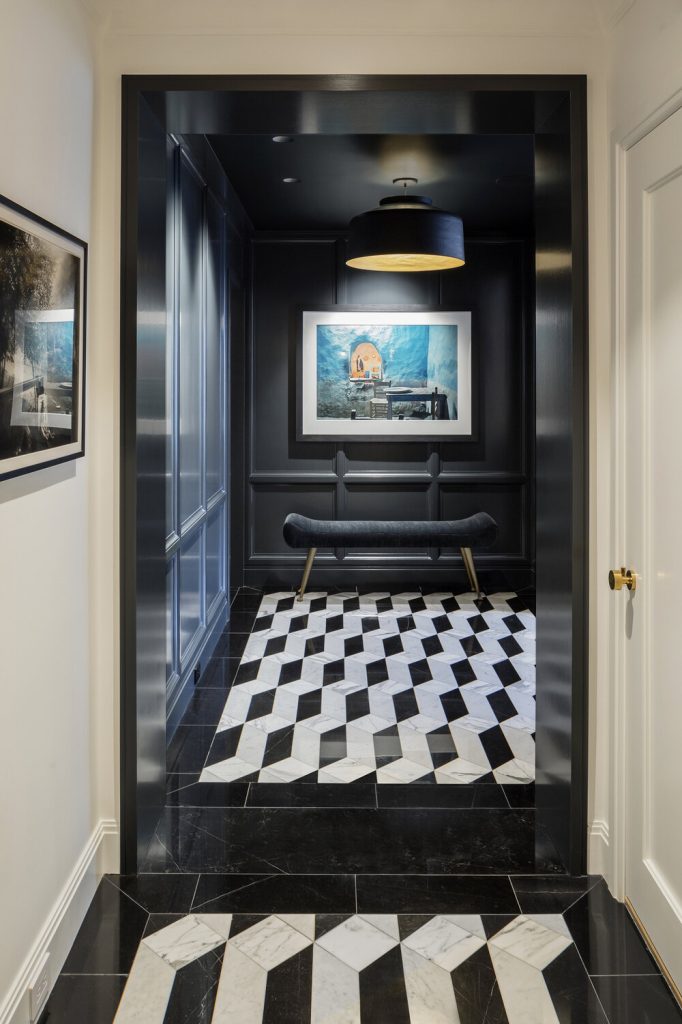
2. Visibility and Wayfinding
Strong LRV contrast design can help people navigate spaces by ensuring that different surfaces, such as walls, floors, and doors, are distinguishable from each other. In low-light environments, higher contrasts between surfaces aids in visual clarity.
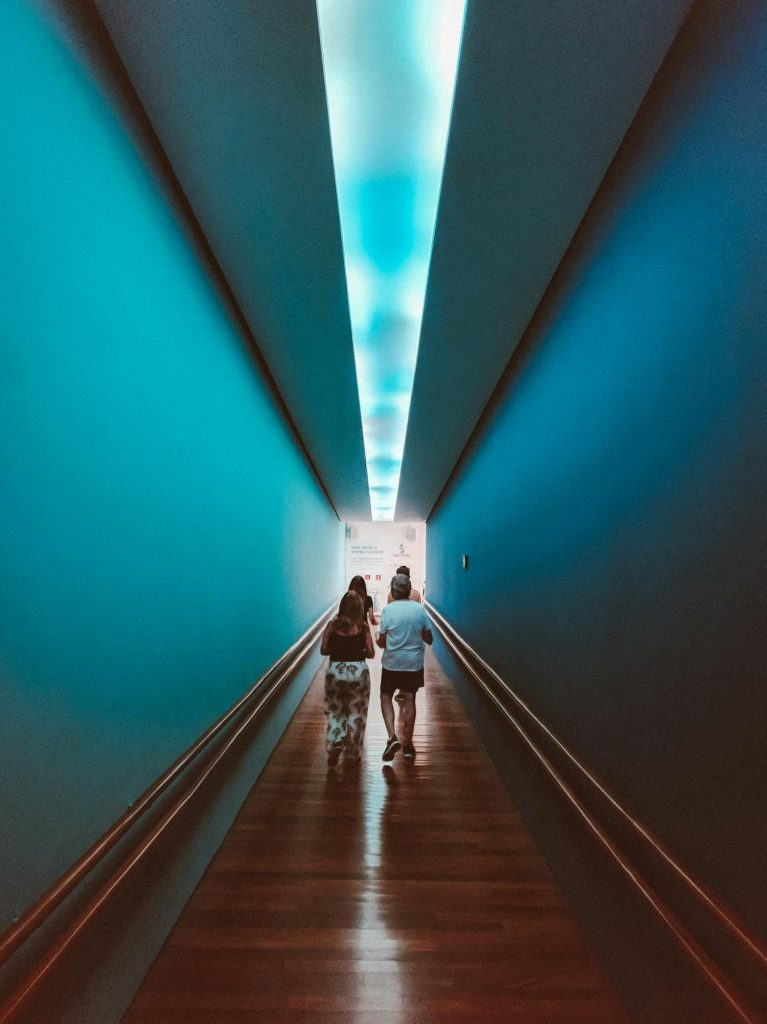
Even though the space is not very illuminated, this corridor’s light blue walls contrast against the dark floor well for guiding the way (especially with the bright white wall at the end). Could using a lighter blue paint with dimmer lights (or vice versa) achieve a similar effect? (Pexels, 2019)
3. Accessibility and Safety
As an extension of visibility and wayfinding, high LRV contrast aids people with visual impairments. Applying high contrast design techniques to make transitions between different surfaces can prevent accidents around areas such as stairs and ledges and may even be required by local building codes.
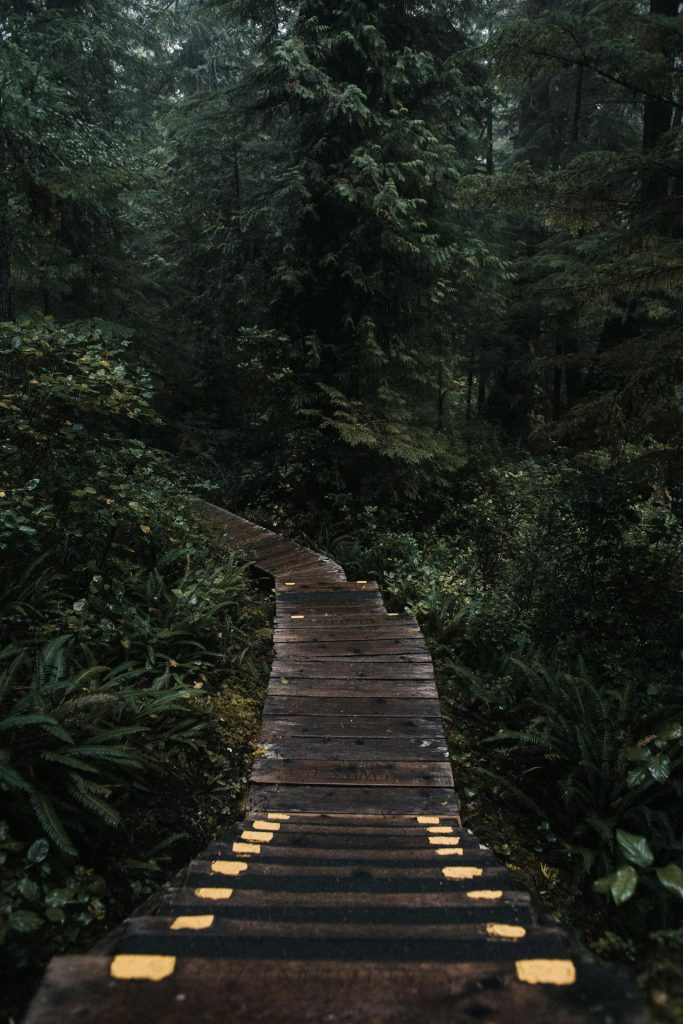
Bright paint can delineate dark stairs and is sometimes specified to aid the visually impaired. If this trail were closed from dusk till dawn, could artificial lighting safely be omitted altogether? (Pexels, 2020)
Conclusion
While assisting in visual appeal, the reflective properties of materials selected for projects are fundamentally intertwined with good lighting design approaches for functionality and safety. For aid in design, Vela Photometrics offers a Luminance Contrast Calculator and a little suggestion on LRV contrast values.
